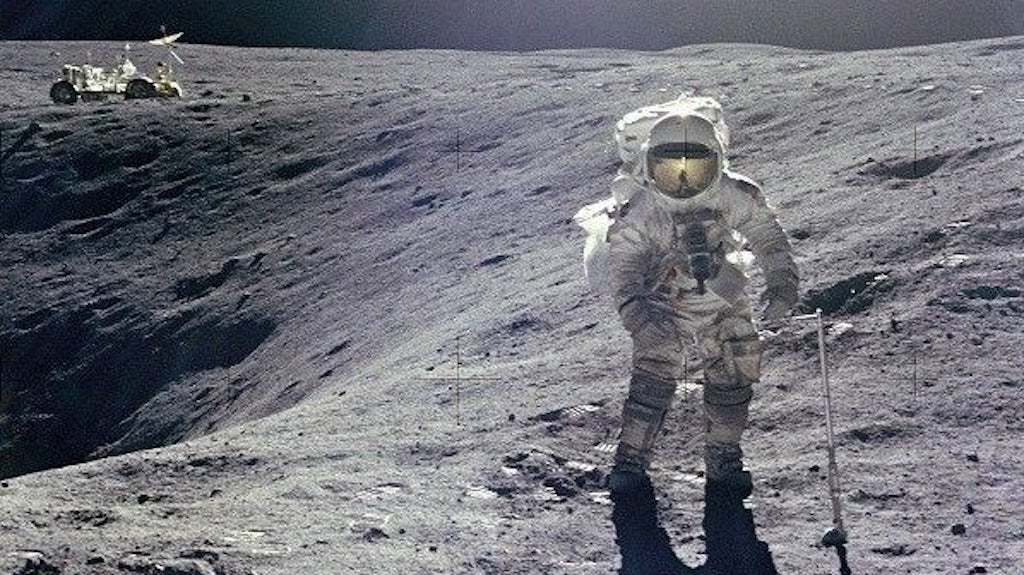From a one-man capsule to the space shuttle, here are facts about America’s space program that will remind you of NASA’s amazing history and the legacy of dedication and service on the part of all who’ve worked there over the years.
Check out these 9 facts about NASA’s amazing legacy
1. Wally Schirra was the only one of the Mercury 7 astronauts to fly in all three of NASA’s ‘Moon Shot’ programs (Mercury, Gemini and Apollo).

Alan Shepard flew in Mercury and Apollo, but not in Gemini. Gus Grissom was involved in all three projects, flying in Mercury and Gemini, but he was killed during a pre-flight simulation in his Apollo 1 capsule, so he never actually flew in the Apollo program. (NASA.gov)
2. Gus Grissom was the only Mercury astronaut to give his capsule a name: Molly Brown. (NASA.gov)

3. Alan Shepard used a modified six iron during the Apollo 14 mission in 1971.

NASA planners were unaware that he’d carried the device with him on the mission. Shepard later presented the folding club to comedian Bob Hope, an avid golfer beloved by the military. (NASA.gov)
4. President and First Lady Clinton and President and First Lady Trump are the only sitting presidents to witness a launch.

They watched John Glenn’s return to Space on STS-95 on October 29, 1998 from the Kennedy Space Center. President Obama had planned to watch the shuttle Endeavour lift off on its final mission, STS-134, on April 29, 2011, but that launch was delayed. (NASA.gov)
5. Astronaut Kathy Sullivan was first U.S. woman to perform a spacewalk.

She accomplished the feat during the shuttle Challenger’s mission (STS-41G) in October of 1984. (NASA.gov)
6. Norm Thagard became the first American astronaut to ride aboard a Russian Soyuz rocket.

He joined two Russian cosmonauts in blasting off from the Baikonur Cosmodrome in Kazakstan on March 14, 1995. The Mir 18 mission lasted 115 days. (NASA.gov)
7. Bernard Harris became the first African-American to walk in space.

On Feb. 9, 1995, Bernard Harris, payload specialist aboard STS-63, became the first African-American to walk in space. This photo shows Harris and mission specialist C. Michael Foale in the airlock chamber just before exiting the shuttle. (NASA.gov)
8. The shuttle Columbia flew 28 flights.

The shuttle Columbia flew 28 flights (including the first shuttle mission), spent 300.74 days in space, completed 4,808 orbits, and flew a total of 125,204,911 miles. The shuttle met a tragic end in 2003 when it was destroyed on re-entry, killing all seven astronauts aboard.
9. Pushing out the boundaries of space exploration has taken a human toll.

Eighteen NASA astronauts have died in the course of carrying out the mission: three on Apollo 1, one on X-15-3, seven on Challenger, and seven on Columbia.


